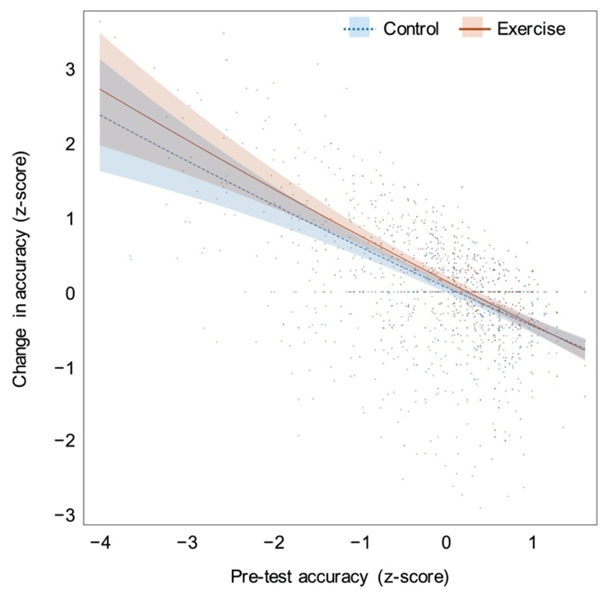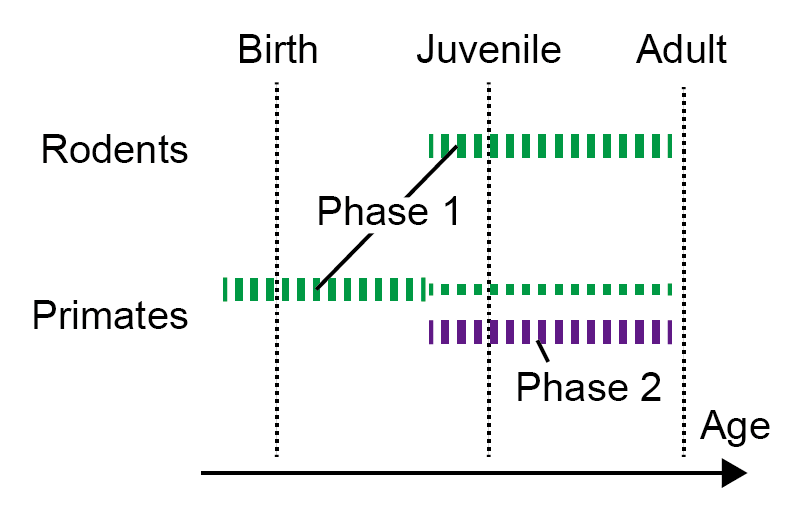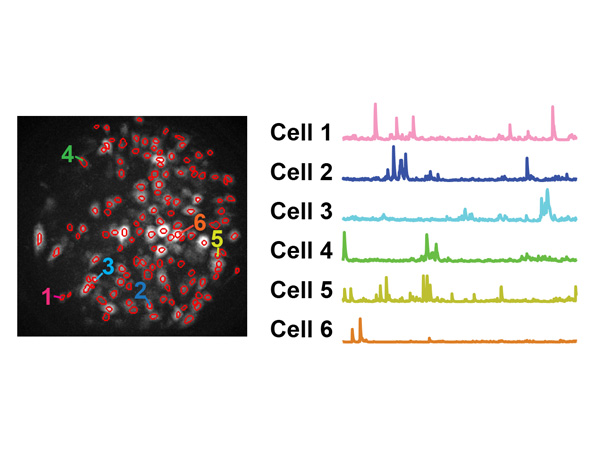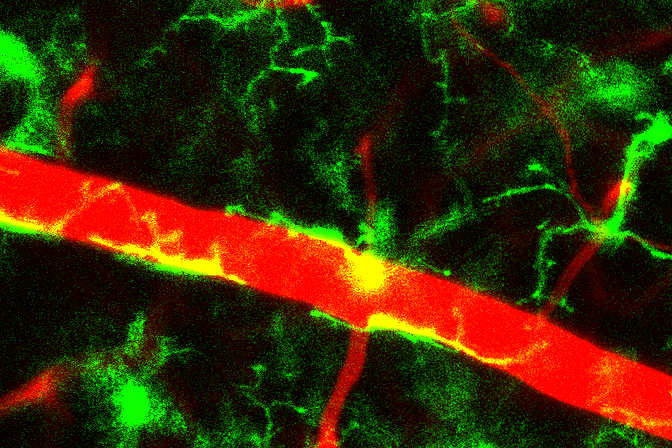A research collaboration has revealed that cardiovascular risk factors (obesity and high blood pressure) and low physical fitness are associated with decreased social brain network-related neural activity (*1), which causes social cognitive functions (*2) to decline.
This suggests that having a healthy lifestyle is not only beneficial for disease prevention but also for maintaining and improving sociability. It is hoped that future research will lead to the development of proposals for efficient intervention methods through investigations into the effectiveness of interventions that target cardiovascular risk factors and fitness (eg. exercise/balanced diet programs) on social cognition.
This collaborative study was conducted by research group that included Assistant Professor ISHIHARA Toru (Graduate School of Human Development and Environment, Kobe University) and Professor MATSUDA Tetsuya (Tamagawa University Brain Science Institute).
These results were published in the American College of Sports Medicine’s journal ‘Medicine and Science in Sports & Exercise’ on June 6, 2022.
Main points
- The research group used functional magnetic resonance imaging (fMRI) to investigate how cardiovascular risk factors (obesity, high blood pressure) and physical fitness (endurance, gait speed, hand dexterity, grip strength) are related to social cognitive functions.
- They found that cardiovascular risk factors and low physical fitness reduce neural activity related to the social brain network, which decreases social cognitive functions.
- Obesity, endurance, and hand dexterity had a particularly strong impact on social brain network-related neural activity and social cognitive functions.
Research Background
Obesity has tripled in the last 40 years, and due to this and other contributing factors, the consequent increase in the number of people at risk for cardiovascular disease has been declared a cause for public health concern (WHO, 2021). In addition, there is also data indicating that people’s cardiorespiratory endurance has been decreasing over the last 40 years (Lamoureux et al., 2019, Sports Med). Previous research has shown that decreased cognition (memory, awareness etc.) is associated with cardiovascular risk factors and low fitness levels (Yang et al., 2018, Neurosci Biobehav Rev; Colcombe & Kramer, 2003, Psychol Sci). However, such research had yet to focus on social cognition, which forms the basis for social interactions. Social cognition is believed to play an important role in our social lives and psychological health. In the current circumstances, where the number of people at risk of cardiovascular disease and those with low fitness levels are increasing, finding out whether or not these people are also at risk of decreased social cognition is a pressing issue. With this in mind, the research group used functional magnetic resonance imaging (*3) data to investigate the relationship between cardiovascular risk factors, fitness and social cognition.
Research Methodology and Results
Methodology:
This study analyzed the data of 1027 people registered in the Human Connectome Project’s database (*4) (USA). For the cardiovascular risk factors, the researchers used Body Mass Index (BMI), which is calculated from each person’s height and weight, and systolic and diastolic blood pressure data. As indicators of fitness, the researchers used respiratory endurance, gait speed, hand dexterity, and grip strength (calculated using the NIH Toolbox). To assess social cognitive function, they used animacy perception (*5) accuracy, and the reaction times and percentage of correct answers for the emotion recognition task (*6). Brain activity during social cognition (i.e. during animacy perception) was measured using functional magnetic resonance imaging. The research group then used the collected data to investigate the relationship between brain activity during social cognition and cardiovascular risk factors/physical fitness. Afterwards, they investigated how brain activity during social cognition mediates the relationship between cardiovascular risk factors/fitness and social cognitive functions.
Results:
The higher the BMI/blood pressure and the lower the fitness levels of the subject, the lower their neural activity levels were in the social brain network (temporo-parietal junction, temporal lobe, inferior frontal gyrus and posterior cingulate cortex) during social cognition (Figure 1). Among these associations, BMI, endurance and hand dexterity in particular were found to be strongly connected to this decrease in neural activity.

Canonical correlation analysis (CCA). Left: The strength of the association between neural activity and each category for cardiovascular risk/fitness. Center: The strength of the association between neural activity in each region and cardiovascular risk factors/fitness. Right: Mapping of the regions of the brain where there was a strong association. Pairs of positive values (warm colors), and pairs of negative values (cold colors), were positively correlated. There is a negative correlation between a positive value and a negative value. A negative correlation was found between BMI/high blood pressure and neural activity in the social brain network (yellow regions in the diagrams on the right). A positive correlation was found between social brain network-related neural activity and fitness.
Furthermore, they found that cardiovascular risk factors/fitness levels, via neural activity during social cognition, were related to the accuracy of animacy perception and emotion recognition task results (Figure 2). These results indicate that high BMI/blood pressure and low fitness levels are associated with social cognitive decline by way of decreased social brain network-related neural activity.
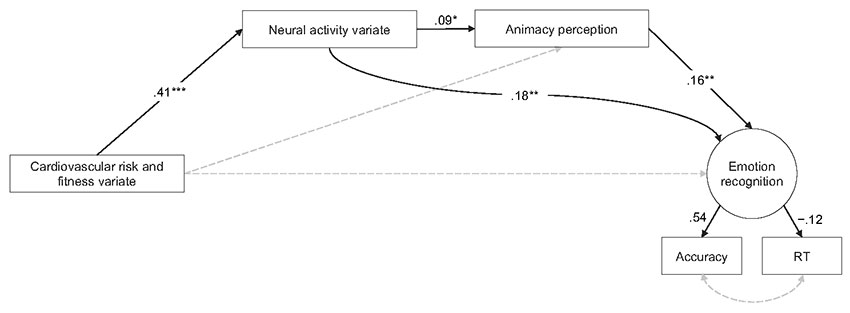
Solid lines indicate a statistically significant connection was found, broken lines indicate that there was no statistically significant connection. Positive values indicate positive correlations and negative values indicate negative correlations. Results for the emotion recognition task were calculated from the percentage of correct answers and the response times.
Further Developments
This research did not illuminate the cause and effect (i.e. Do cardiovascular risk factors and low physical fitness cause a decline in social cognitive functions? Or do low social cognitive functions lead to cardiovascular risk factors and low physical fitness?). In order to research whether or not a healthy lifestyle (exercise and a balanced diet etc.) can improve social cognitive functions, it would be necessary to inspect the results of actual interventions. In particular, BMI, endurance and hand dexterity were found to be strongly connected to social cognitive functions, therefore it can be assumed that highly effective interventions to target weight loss and improve endurance and dexterity would lead to improvements in social cognitive functions.
Glossary
1. Social brain network
The network of regions of the brain that are active during social cognition. This network includes the medial prefrontal lobe, temporo-parietal junction, temporal lobe, posterior cingulate cortex and inferior frontal gyrus.
2. Social cognitive functions
Cognitive functions that form the basis for social interactions. For example, the perception and understanding of other people’s intentions, disposition and behavior, and the formation of responses to these.
3. Functional magnetic resonance imaging (fMRI)
The magnetic susceptibility of oxidised haemoglobin and reduced haemoglobin are different. MRI scans use this difference to estimate and produce images of changes in cerebral blood flow. By analysing the images, it is possible to predict activity levels in different areas of the brain.
4. Human Connectome Project (USA)
This large scale research project began in North America in 2012 and aims to deepen understanding of human brain connectivity. The project shares a wide variety of data and has made approximately 1200 participants’ brain scan images available.
5. Animacy perception
The extent to which a person can perceive the intention, emotion and sentiency of another. In this study, subjects were presented with a task where they had to judge whether the movements of geometric shapes (such as circles, triangles etc.) suggested intentions/emotions/social interactions or not.
6. Emotion recognition task
A task to evaluate a participant’s ability to infer people’s emotions (a social cognitive function) from photos of faces.
Journal Information
Title
DOI
10.1249/MSS.0000000000002963
Authors
- Assistant Professor Toru Ishihara, Graduate School of Human Development and Environment, Kobe University.
- Assistant Professor Atsushi Miyazaki, Global Education Center, Waseda University.
- Specially Appointed Assistant Professor Hiroki Tanaka, Brain Science Institute, Tamagawa University.
- Professor Tetsuya Matsuda, Brain Science Institute, Tamagawa University.
Journal
Medicine & Science in Sports & Exercise





